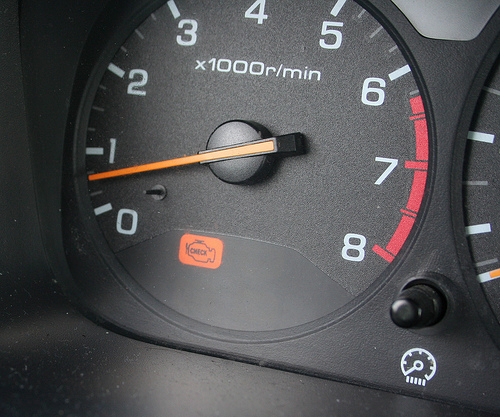
It's the light every car owner dreads: the check engine light. It could mean your vehicle has a significant problem, or it could be a minor issue. The only way to know for sure is to take the vehicle to an auto parts store or mechanic and have the codes read by a special machine. Once this is done, it is possible to plan the rest of the repair strategy.
Any time the check engine light comes on it means there is a problem. The vehicle's on-board computer has detected a sensor that has submitted a problem. The problem will be stored in the computer until it can be read by a machine. There is a chance the problem may correct itself, but the only way you can know for sure is to have a diagnostic done.
Even if the check engine light goes off again, the fact that it came on should not be ignored. The most important parts of the vehicle's operation are monitored by the check engine light. Most are designed to come on for a short period of time and then go off again if the problem is considered minor. If it remains untreated, it could become serious, however.
When the check engine light comes on, the problem is likely to be in a number of key areas. The most common problems are in the emissions system, engine performance, fuel mix, electrical or drive train systems. It could also be as simple as a faulty sensor. An auto parts store or mechanic has a machine that hooks up to the car that will give a code explaining where the problem is.
The check engine light typically does not tell a driver how serious the problem is, but there are exceptions. Some models have enhanced lights that shine bright red or blink rapidly. Generally, if a car has an engine light that does this, other problems may also be noticed, such as a rough riding vehicle, loss of power or similar situation.
To the untrained motorist, the codes presented may not mean much. The auto parts store or mechanic will be able to translate the information for you. If you feel you cannot fix the problem yourself, tell the mechanic what was discovered. This may help, but the mechanic will still problem run a diagnostic.
A motorist may wonder if the car is safe to drive once the check engine light comes on. The answer to this question depends on the situation. If the light is not flashing or bright red, and there seems to be no problem, you can probably schedule a visit to the garage and keep driving it in the meantime.